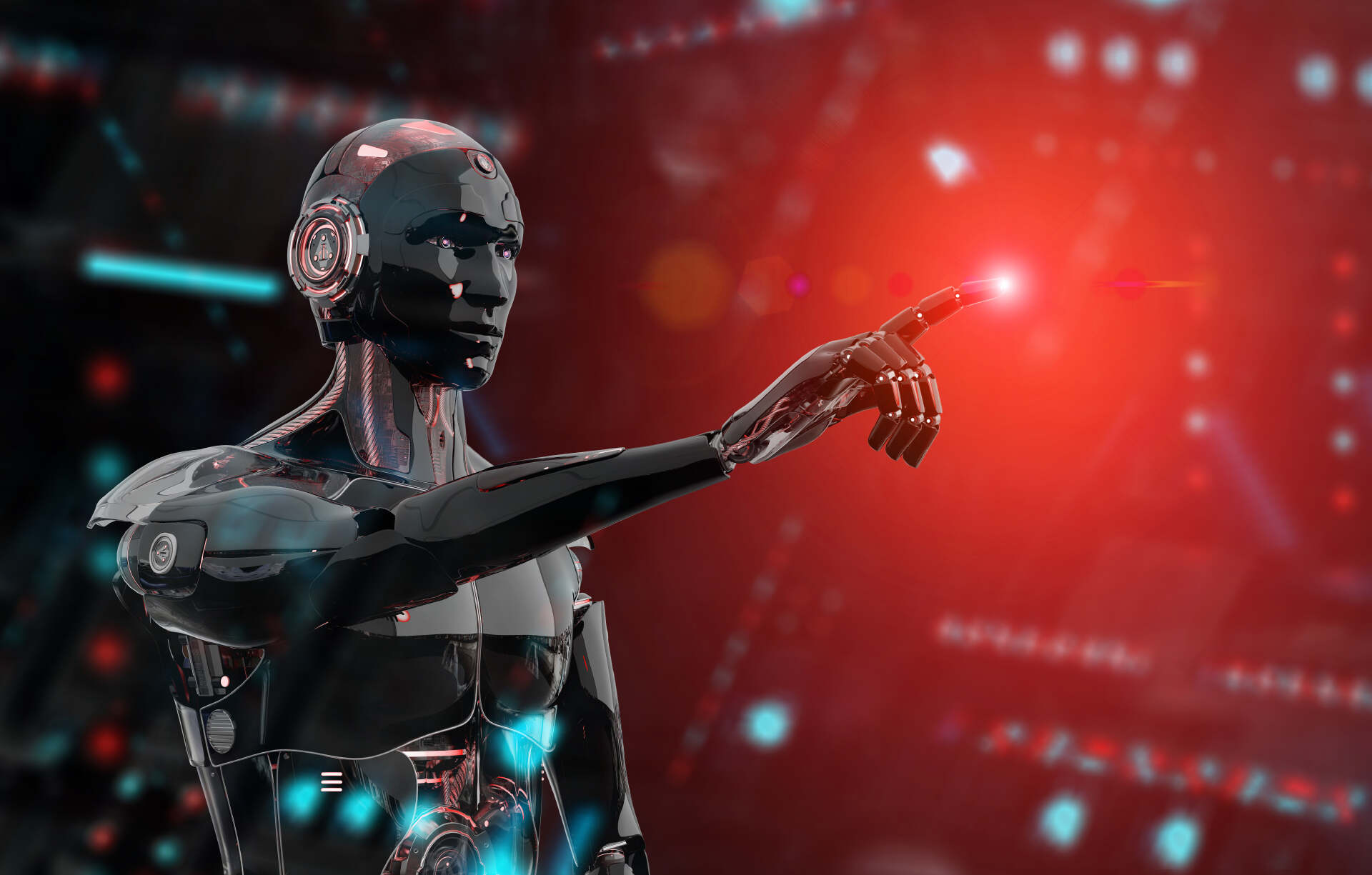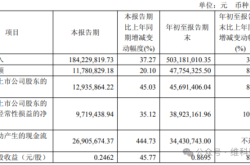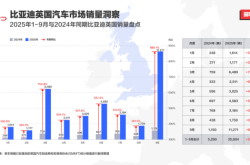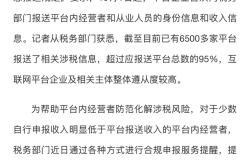Humanoid Robot Concept Stocks Soar Again: Short-term Speculation or Long-term Trend?
![]() 03/26 2025
03/26 2025
![]() 533
533

On March 26, the humanoid robot concept took the market by storm, with Jindao Technology hitting the daily 20% limit, Qinchuan Machine Tool, Cixing Co., Ltd., and Weiguang Co., Ltd. all securing board seals, and Xinshida, Huazhong CNC, Jizhi Co., Ltd., and Best all following suit with notable gains.
The competition in the robot industry is intensifying.
Huawei ventured into the realm of humanoid robots long ago, with Unitree Robotics stealing the spotlight during the Spring Festival Gala. Tesla and BYD, among other giants, have also set their sights on this burgeoning area.
From Boston Dynamics to Honda, and now to OpenAI and Microsoft, the advent of the generative AI era has sparked a new wave of competition in robotics.
Robots are comprised of three core technical modules: motion, sensor, and artificial intelligence. Traditional robots often only require proficiency in one of these areas. For instance, industrial robots prioritize motion control, while cleaning robots focus on navigation and sensing.
Humanoid robots, however, differ significantly. They must be versatile across various application scenarios rather than being tailored for a single task. This complexity necessitates higher technology integration, fusion, larger datasets for modeling, and a deeper understanding of language and instructions. Previously, AI data and models evolved in isolation, resulting in slow iteration speeds and high costs.
The proliferation of large models has drastically altered this landscape.
In just a few years, the number of model parameters has surged from billions to trillions. Consequently, large models are evolving from single-modal (text, speech, vision) to multimodal AI models, enabling the direct integration of speech, vision, decision-making, control, and other technologies with humanoid robots, thereby comprehensively enhancing their capabilities.
In April 2023, AI company Levatas collaborated with Boston Dynamics to integrate ChatGPT and Google's speech synthesis technology into the Spot robot dog, successfully enabling human interaction.
The rapid advancement of underlying technologies has illuminated the potential for large-scale commercialization of humanoid robots. Major global technology companies are actively making attempts and preparations. However, humanoid robots still have a considerable journey ahead before truly becoming a staple in households.
Firstly, the capabilities of current humanoid robots on the market are relatively limited and lack substitution benefits.
For example, household service humanoid robots have yet to fully replace human daily services, and in the realm of commercial guidance and reception, they can only answer basic questions, falling short of addressing all customer inquiries.
Given this, humanoid robots lacking robust substitutes are still not very appealing to end-consumers.
This is evident in the product positioning of participants, as the current focus remains on exploring B-end scenarios. For instance, Tesla's first batch of mass-produced bots are likely to be deployed in superfactories, and UBTECH is also focusing on exploring the application of humanoid robots in industrial scenarios such as new energy vehicles and 3C electronics in collaboration with enterprises.
Secondly, many fundamental technological shortcomings remain unresolved. For instance, robot batteries need to support continuous operation for up to 20 hours, but most current humanoid robots can only operate for less than 2 hours. Additionally, the cost, currently in the tens of thousands of dollars, is prohibitive for widespread adoption. Manufacturing costs need to decrease by 15%-20% annually in the future.
While humanoid robots may not be a lucrative business in the next three years, within three decades, it is an industry that cannot be ignored. Based on the industry's fundamental principles, the value of humanoid robots lies in replacing high-cost human labor, an event with high certainty.
Current technical and cost challenges are not long-term issues.
Taking costs as an example, as continuous commercialization is achieved, any new technology or product will transition from high to low prices, similar to the trajectory of computers, smartphones, and electric vehicles. In the past, single humanoid robots like Honda's ASIMO and Boston Dynamics' Atlas cost $3 million and $1.9 million, respectively. Now, Tesla has achieved a cost of $20,000, and this price is poised to decrease further in the future.
Technology follows a similar trajectory, continually iterating and upgrading. Due to the immaturity of lithium battery technology, when Boston Dynamics launched the first-generation humanoid robot Atlas in 2013, it still required wired power. However, by 2016, the second-generation Atlas utilized independent lithium batteries.
Musk predicts that the long-term demand for humanoid robots will reach 10 billion units. Even if only one-tenth of this expectation is met, the industrial space will still be immense.
With the largest population and manufacturing sector, China is already the world's largest robot consumer market, with robust demand from both B-end and C-end sectors in the future. Furthermore, China has not lagged significantly in robot software and hardware technologies. The combination of these factors fundamentally determines that China has immense potential to produce numerous robot companies capable of standing on the world stage.
Currently, the leading domestic humanoid robot companies are UBTECH and CloudMinds, founded in 2012 and 2015, respectively. Based on the current landscape, compared to UBTECH and CloudMinds, the domestic humanoid robot companies that will truly emerge in the future are likely to be major players such as Xiaomi and ByteDance. These companies have significant advantages in talent, capital, market, and brand. Moreover, although companies like UBTECH started earlier, they have not established a strong leading position, with UBTECH's humanoid robot revenue currently accounting for only a single-digit percentage.
The upstream sector offers stronger visibility and profitability. Analyzing the material costs of robots, reducers, servos, and controllers account for 35%, 20%, and 15% of the cost of industrial robots, respectively, totaling 70%. Considering that humanoid robots have more joints and degrees of freedom, the proportion of these components may be even higher.
The reducer field boasts numerous players, including Han's Transmission, Leadshine Technology, Tongchuan Technology, Zhongdalide, and Guomao Co., Ltd., all of which possess certain production capacities. However, Leadshine Technology stands out as the leader, having established a virtuous development cycle of "R&D - expansion - profitability - R&D - expansion again." As a manufacturing enterprise, Leadshine Technology has achieved a net profit margin of over 30%, a notable achievement.
The servo motor field exhibits clear class differentiation. High-end production capacity is largely dominated by foreign companies such as Mitsubishi, Yaskawa, Fanuc, and Siemens. Inovance Technology, Jiangte Electric, Jiangsu Leili, Leadshine Intelligent, and Haozhi Electromechanical are concentrated in the low- to mid-end fields, with Inovance Technology being the clear leader. In 2022, Inovance Technology's market share in the domestic servo field reached 21.5%, an increase of 5 percentage points compared to 2021. With national substitution efforts and the increasing volume of robots, Inovance Technology's potential expectations are also relatively high.
In the controller field, domestic controller enterprises are highly fragmented. Although there are several professional controller enterprises such as Canopen, Wanxun Automation, Gugao Technology, Invt, and Haide Control, they have yet to form effective market competitiveness. The current localization rate is less than 20%, and it remains to be seen whether they can emerge as leaders in the future.
In the long run, humanoid robots are a promising venture poised for eventual success. Short-term speculation holds little value. What is crucial is long-term tracking and attention to identify those key enterprises.
Disclaimer
This article involves content related to listed companies and is based on the author's personal analysis and judgment, drawing from information disclosed by listed companies in accordance with legal requirements (including but not limited to temporary announcements, periodic reports, and official interaction platforms). The information or opinions presented in this article do not constitute any investment or other business advice. Market Value Observation assumes no responsibility for any actions taken as a result of adopting this article.
——END——








